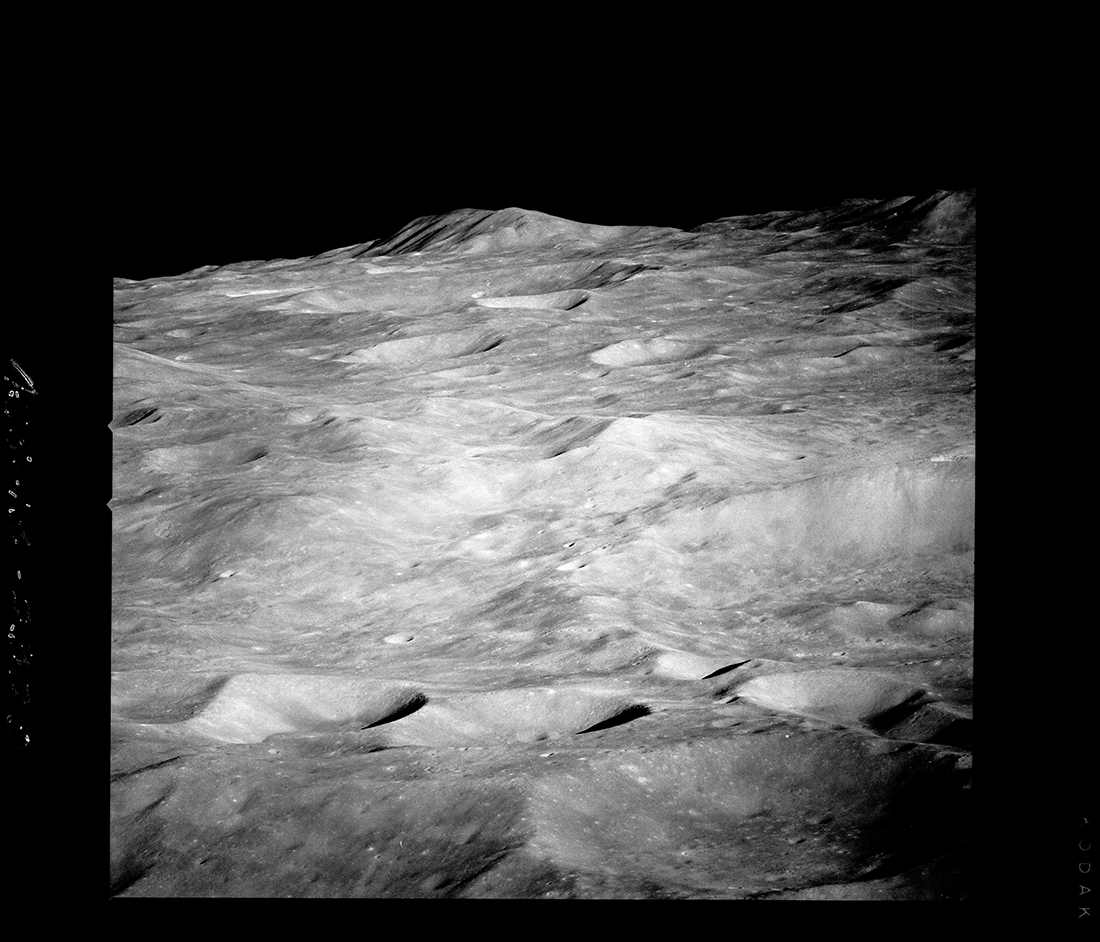
Fifty-three years ago today, the crew of Apollo 8 -- Frank Borman, Jim Lovell, and Bill Anders -- were the first humans to see the farside of the Moon, and to see the Earth from the Moon. Robotic spacecraft had previously returned pictures of the farside, and even beamed back "Earthrise" images on several occasions (Lunar Orbiter); however, it was the visceral human reaction to seeing the fragile blue Earth above the horizon that made the Apollo 8 Earthrise pictures so iconic (and color!). [Reprinted from original posting 24 December 2018]
From Lunar Reconnaissance Orbiter images and topography, the NASA Scientific Visualization Studio produced a dramatic reconstruction of the exciting minutes surrounding the famous Earthrise event. An image so famous that the many other dramatic images taken by the Apollo 8 crew are somewhat overshadowed. What else did the astronauts see?

Now you can ride along for the ten Apollo 8 lunar orbits (about 20 hours) and view the rugged massifs of the farside and major nearside mare (dark basalt deposits). The ride consists of an astronaut's eye view, as seen from the Apollo 8 Command Module. From a reconstructed spacecraft trajectory, the LROC team produced a sped-up visualization, so you don't have to watch for 20 hours (note that nighttime is sped up even more than daytime)!
Highlights from orbit 3 (December 24, all times UTC):
Crookes crater (48 km diameter, left): 14:12:30
Daedalus crater and mare (94 km diameter, right): 14:17:35
Aitken crater and mare (130 km diameter, left):14:18:57
10 second orbit circularization burn performed (14:26:06 start)
Isaev crater and mare (94 km diameter, left): 14:27:02
Tsiolkovskiy crater and mare (184 km diameter, left): 14:31:46
Mare Smythii (right): 14:47:24
Mare Spumans (right): 14:55:17
Mare Fecunditatis (center): 14:58:30
Messier and Messier A craters (center-left): 15:00:59
Mount Marilyn (center): 15:03:56
Related Featured Images
Mt. Marilyn: Navigating to the Surface
Mt. Marilyn: A Lunar Love Story
Published by Mark Robinson on 24 December 2021